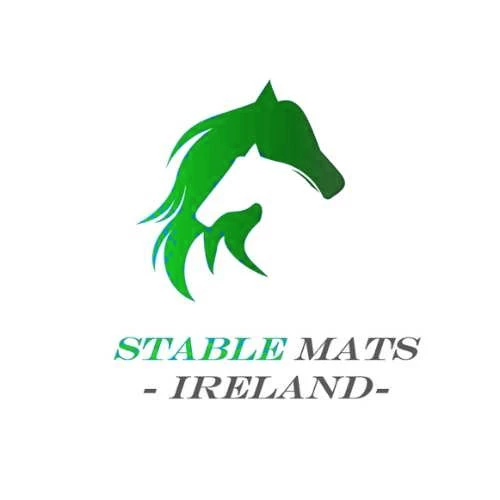The debate surrounding the optimal size for a rubber stable mat has been ongoing for quite some time. While the traditional 6ft x 4ft version is ubiquitous and well-regarded, newer dimensions and designs, like the 3ft x 4ft jigsaw versions, are emerging with promising benefits. In this post, we’ll critically evaluate the advantages and potential drawbacks of both these dimensions.
1. 6ft x 4ft Stable Mats
Advantages:
- Stability: Given their substantial size and weight, these mats are less likely to shift, even if a horse kicks or moves vigorously. Their sheer size provides a natural anchoring mechanism.
- Fewer Seams: A more extensive single-piece mat means fewer seams on the floor, which can sometimes be a tripping hazard.
- Standard Size: These mats have been around for a while and fit seamlessly into many standard-sized stables.
Drawbacks:
- Transportation and Handling: Due to their size, transporting and handling them can be cumbersome, often requiring multiple people or specialized equipment.
- Shipping Size: As you pointed out, these mats require larger pallets for shipping, potentially driving up transportation costs.
2. 3ft x 4ft Jigsaw Mats
Advantages:
- Interlocking Design: The jigsaw design allows these mats to fit together snugly, ensuring that the seams don’t pose an undue tripping or shifting risk. This interlock provides stability, especially when the mats are arranged wall-to-wall.
- Easier Handling: The smaller size makes them easier to handle and install, perhaps even by a single individual.
- Shipping: Their compact size means they can be efficiently stacked and shipped on a single pallet, potentially reducing shipping costs.
- Flexibility: Their modular nature allows for greater flexibility in layout, especially in irregularly shaped or sized stables.
- Wastage: Smaller tiles can mean less wastage and thus saving costs.
- Cleaning: The tiles should be cleaned regularly, lifting an cleaning larger 6ft tiles can be very difficult alone and is recommended as a two person job. A 4ft x 3ft tile takes a lot less effort.
- Storage. The smaller footprint tile can take up less space for vertical storage when not in use.
Drawbacks:
- Number of Seams: Despite the interlocking design, there are still more seams compared to the larger mats. While they may fit tightly, there’s a slightly higher chance of dirt and moisture seeping through the cracks, which can pose maintenance challenges.
- Potential for Movement: While the jigsaw design does provide stability, if not fitted correctly or in partial sections of a stable, there’s a chance for slight movement, especially over time or with vigorous horse activity.
Conclusion:
When evaluating the optimal mat size for stables, it’s clear that both the traditional 6ft x 4ft mats and the newer 3ft x 4ft jigsaw versions have their merits. The choice largely depends on individual needs, stable sizes, and maintenance preferences.
For those who prioritize fewer seams and traditional layouts, the 6ft x 4ft mats are hard to beat. They’ve been a staple in the equine world for a good reason.
However, the 3ft x 4ft jigsaw versions come with their set of unique advantages, especially concerning shipping and layout flexibility. They are particularly appealing to stable owners who require a modular approach or are sensitive to shipping and installation costs.
In essence, the “optimal” size isn’t universal; it’s what works best for a particular stable’s configuration, the horse’s behavior, and the owner’s preferences. Both dimensions offer viable solutions; it’s just a matter of assessing which benefits align more closely with individual needs.
